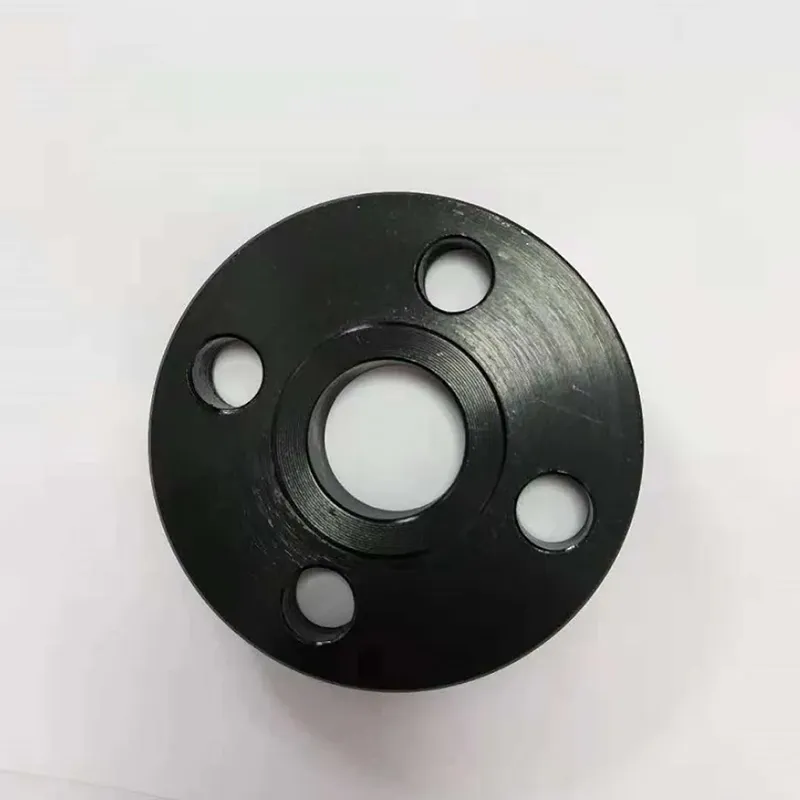-
Cangzhou Yulong Steel Co., Ltd.
-
Phone:
+86 13303177267 -
Email:
admin@ylsteelfittings.com
- English
- Arabic
- Italian
- Spanish
- Portuguese
- German
- kazakh
- Persian
- Greek
- French
- Russian
- Polish
- Thai
- Indonesian
- Vietnamese
- Zulu
- Korean
- Uzbek
- Hindi
- Serbian
- Malay
- Ukrainian
- Gujarati
- Haitian Creole
- hausa
- hawaiian
- Hebrew
- Miao
- Hungarian
- Icelandic
- igbo
- irish
- Japanese
- Javanese
- Kannada
- Khmer
- Rwandese
- Afrikaans
- Albanian
- Amharic
- Armenian
- Azerbaijani
- Basque
- Belarusian
- Bengali
- Bosnian
- Bulgarian
- Catalan
- Cebuano
- China
- China (Taiwan)
- Corsican
- Croatian
- Czech
- Danish
- Esperanto
- Estonian
- Finnish
- Frisian
- Galician
- Georgian
- Kurdish
- Kyrgyz
- Lao
- Latin
- Latvian
- Lithuanian
- Luxembourgish
- Macedonian
- Malgashi
- Malayalam
- Maltese
- Maori
- Marathi
- Mongolian
- Myanmar
- Nepali
- Norwegian
- Norwegian
- Occitan
- Pashto
- Dutch
- Punjabi
- Romanian
- Samoan
- Scottish Gaelic
- Sesotho
- Shona
- Sindhi
- Sinhala
- Slovak
- Slovenian
- Somali
- Sundanese
- Swahili
- Swedish
- Tagalog
- Tajik
- Tamil
- Tatar
- Telugu
- Turkish
- Turkmen
- Urdu
- Uighur
- Welsh
- Bantu
- Yiddish
- Yoruba

Dec . 05, 2024 16:42 Back to list
API 5L Schedule 40 Pipe Specifications and Applications for Industries
Understanding API 5L Schedule 40 Pipes
API 5L pipes are vital components in the oil and gas industry, serving as a fundamental part of pipelines that transport various types of natural resources. Among the array of specifications within the API 5L standard, Schedule 40 pipes often take center stage due to their balance between strength, durability, and affordability. This article delves into the characteristics, applications, and benefits of using API 5L Schedule 40 pipes.
What is API 5L?
API 5L, established by the American Petroleum Institute, outlines the specifications for line pipes that are used primarily in the transportation of oil and gas. This standard ensures that the pipes meet essential quality and performance criteria, thereby ensuring safe and efficient transportation under various environmental conditions. The designation 5L refers to the fifth edition of the specification, which has undergone numerous revisions to incorporate advancements in materials and technologies.
Characteristics of Schedule 40 Pipes
Schedule 40 is one of many wall thickness categories defined by the American National Standards Institute (ANSI). It is characterized by a moderate wall thickness, making it versatile for many applications. The thickness of a Schedule 40 pipe varies depending on its diameter; for instance, a 2-inch Schedule 40 pipe has a wall thickness of approximately 0.154 inches, while a 10-inch pipe may have a thickness of 0.365 inches.
These pipes are manufactured from various materials including carbon steel, which is commonly used in oil and gas pipelines due to its strength and ability to withstand high pressures. Pipes under API 5L can be classified into different grades, such as A and B, indicating variations in yield strength and tensile strength. The specific choice of grade often depends on the operational demands and environmental conditions the pipeline will encounter.
Applications of API 5L Schedule 40 Pipes
api 5l schedule 40 pipe

API 5L Schedule 40 pipes are used across a wide range of applications in the oil and gas industry, as well as in other sectors. Their primary use is for transporting natural gas and crude oil from production sites to refineries and distribution centers. Additionally, they are instrumental in water transportation, sewage systems, and various industrial applications that require reliable piping solutions.
The durability and strength of Schedule 40 pipes make them suitable for applications involving high pressures and temperatures. They are also commonly employed in the construction of structural frameworks for buildings and bridges, where their mechanical properties contribute to the overall stability of the structures.
Benefits of Using API 5L Schedule 40 Pipes
One of the significant advantages of using API 5L Schedule 40 pipes is their cost-effectiveness. Their moderate wall thickness allows for lower material costs while still providing adequate strength to meet most operational requirements. Furthermore, they are readily available and can be sourced from multiple manufacturers, which enhances procurement flexibility.
Additionally, the versatility of Schedule 40 pipes allows them to be employed in various contexts without the need for extensive modifications. They can be easily welded, threaded, or joined with other pipe systems, simplifying installation and maintenance processes.
From an environmental standpoint, the robust nature of these pipes ensures that leaks and breakages are minimized, promoting safer operations in the transportation of hazardous substances. This inherent durability aids in maintaining the integrity of pipelines over extended periods, ultimately reducing the risk of environmental contamination.
Conclusion
API 5L Schedule 40 pipes are a key component in the infrastructure of the oil and gas industry, offering a reliable, cost-effective solution for transporting essential resources. Whether used in pipelines, structural applications, or industrial processes, these pipes deliver the strength and durability required to perform under demanding conditions. Understanding their characteristics and applications allows stakeholders in the industry to make informed decisions, ultimately contributing to safer and more efficient operations.
Latest news
-
ANSI 150P SS304 SO FLANGE
NewsFeb.14,2025
-
ASTM A333GR6 STEEL PIPE
NewsJan.20,2025
-
ANSI B16.5 WELDING NECK FLANGE
NewsJan.15,2026
-
ANSI B16.5 SLIP-ON FLANGE
NewsApr.19,2024
-
SABS 1123 FLANGE
NewsJan.15,2025
-
DIN86044 PLATE FLANGE
NewsApr.19,2024
-
DIN2527 BLIND FLANGE
NewsApr.12,2024
-
JIS B2311 Butt-Welding Fittings LR/SR 45°/90° /180°Seamless/Weld
NewsApr.23,2024











